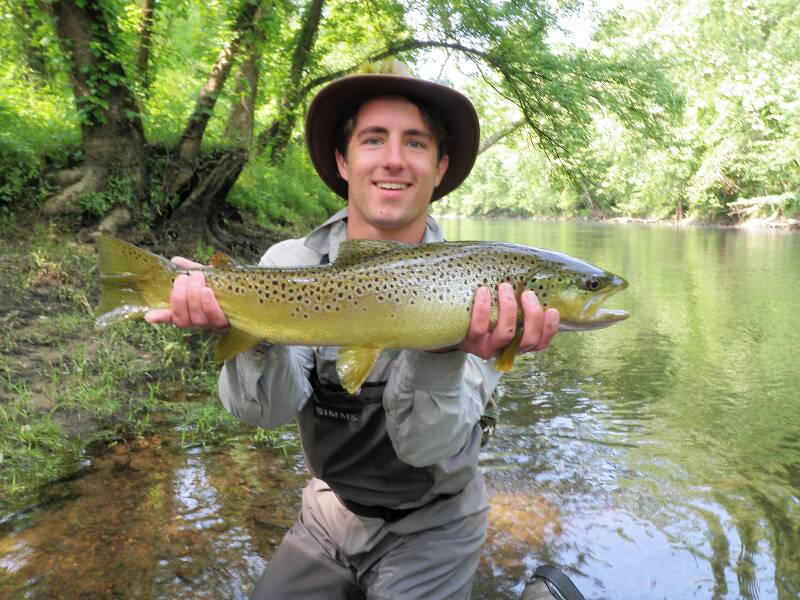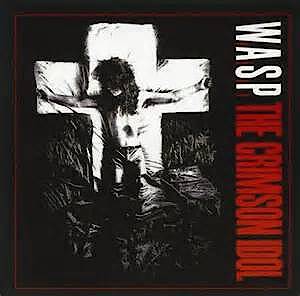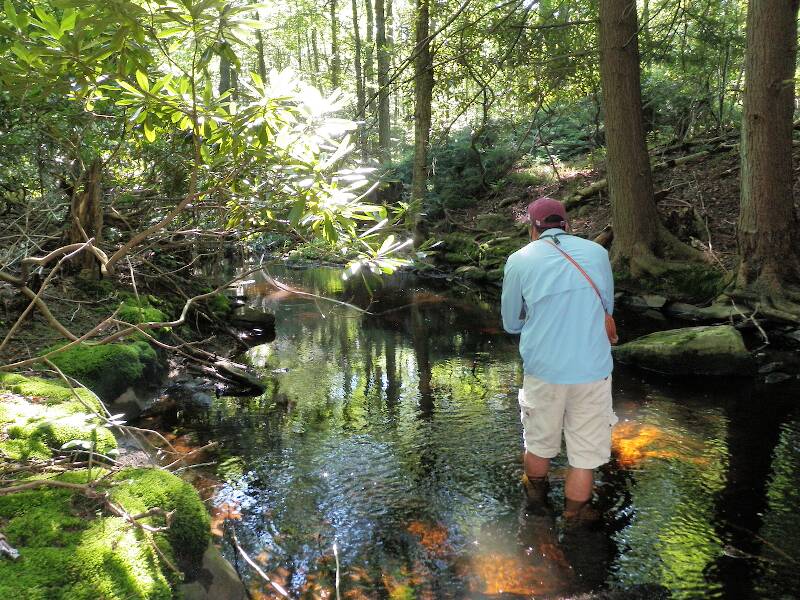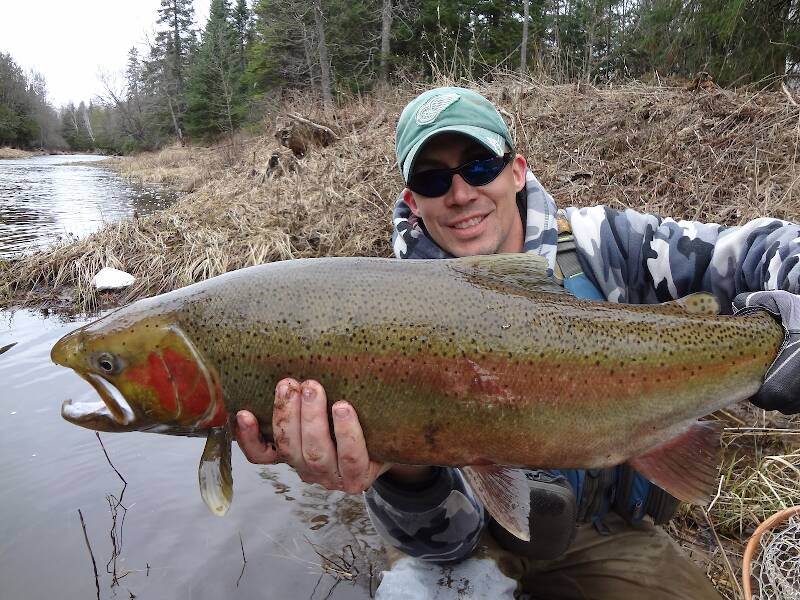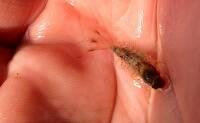
Salmonflies
Pteronarcys californica
The giant Salmonflies of the Western mountains are legendary for their proclivity to elicit consistent dry-fly action and ferocious strikes.
Featured on the forum

This one was surprisingly straightforward to identify. The lack of a sclerite at the base of the lateral hump narrows the field quite a bit, and the other options followed fairly obvious characteristics to Clostoeca, which only has one species, Clostoeca disjuncta.

Troutnut is a project started in 2003 by salmonid ecologist Jason "Troutnut" Neuswanger to help anglers and
fly tyers unabashedly embrace the entomological side of the sport. Learn more about Troutnut or
support the project for an enhanced experience here.
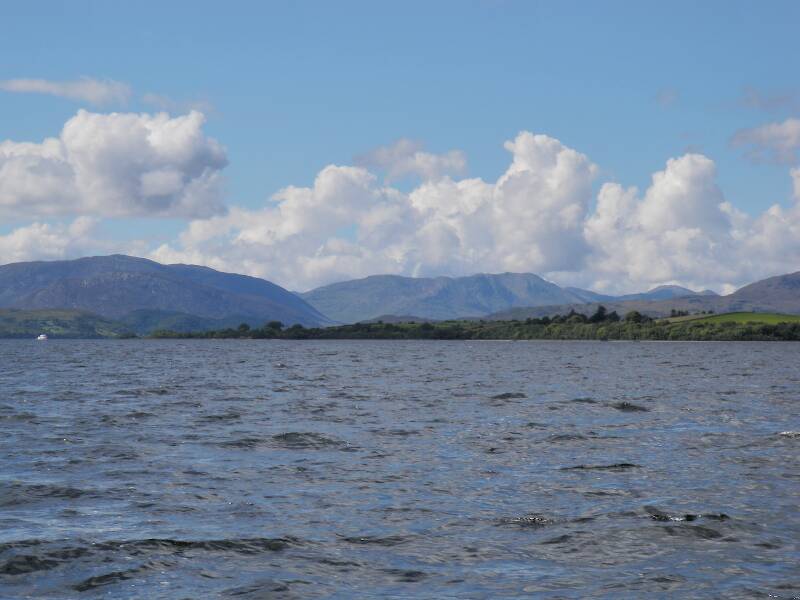
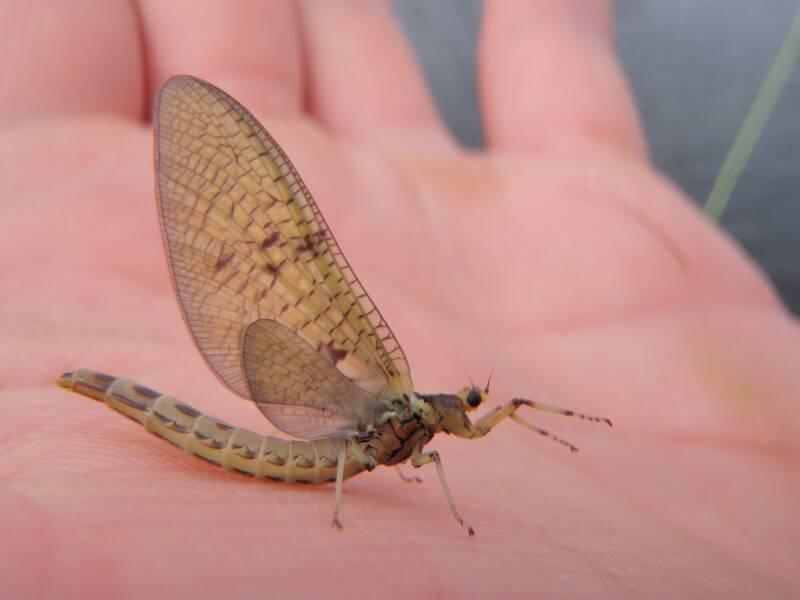
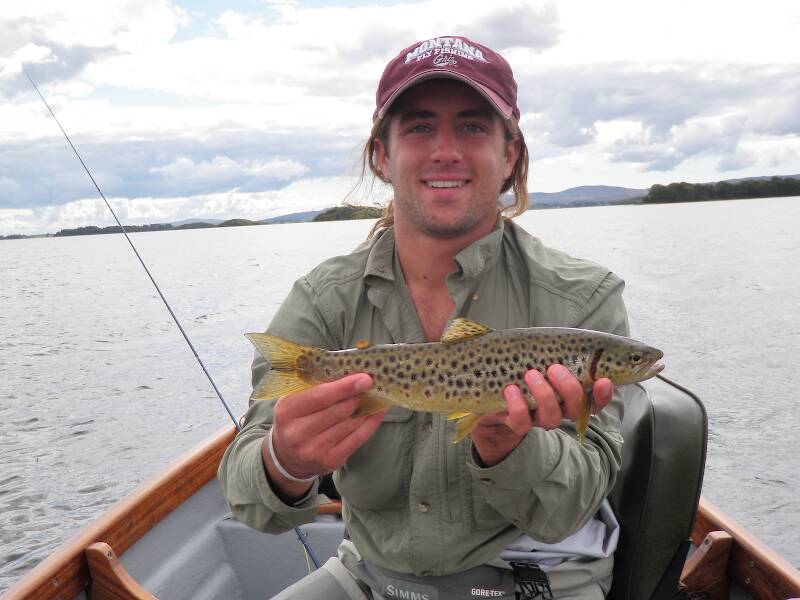
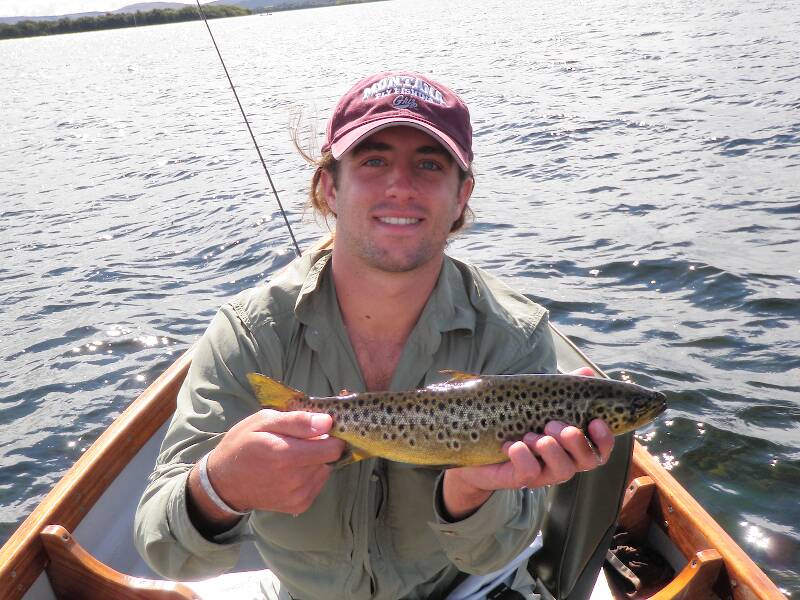
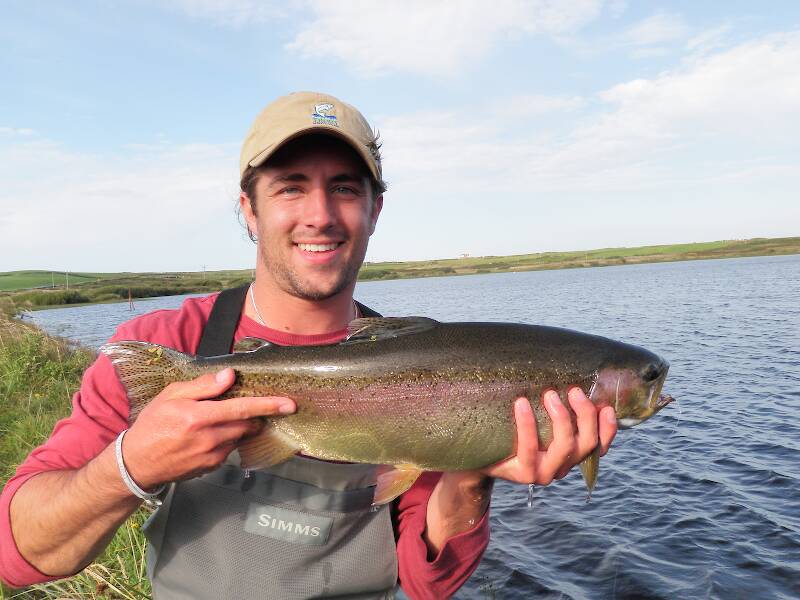
Jesse on Sep 5, 2010September 5th, 2010, 2:49 am EDT
Im extremely happy to say that my partner and me placed third in the first ever international fly fishing competiton. It was hard and a totally different style of fishing but im happy to say our results especially considering the circumstances. I hope you guys enjoy the few pictures of the beautiful Ireland that i put up!
Most of us fish our whole lives..not knowing its not the fish that we are after.
http://www.filingoflyfishing.com
http://www.filingoflyfishing.com
Oldredbarn on Sep 5, 2010September 5th, 2010, 5:22 am EDT
Jess,
Please find a little space somewhere in your heavily used luggage for a few of us home-bound Trout-Nuts!!! You get around kid!
That looks like a Bow? How did it find it's way in to a Loch in Ireland?
We need a little more info....Picture was nice but how about a little traveloge info...We need a play-by-play.
Spence
P.S Jess I forgot to look further up in the post and I've just spotted your other pics...Oops!
Please find a little space somewhere in your heavily used luggage for a few of us home-bound Trout-Nuts!!! You get around kid!
That looks like a Bow? How did it find it's way in to a Loch in Ireland?
We need a little more info....Picture was nice but how about a little traveloge info...We need a play-by-play.
Spence
P.S Jess I forgot to look further up in the post and I've just spotted your other pics...Oops!
"Even when my best efforts fail it's a satisfying challenge, and that, after all, is the essence of fly fishing." -Chauncy Lively
"Envy not the man who lives beside the river, but the man the river flows through." Joseph T Heywood
"Envy not the man who lives beside the river, but the man the river flows through." Joseph T Heywood
Shawnny3 on Sep 5, 2010September 5th, 2010, 6:17 pm EDT
Beautiful.
-Shawn
-Shawn
Jewelry-Quality Artistic Salmon Flies, by Shawn Davis
www.davisflydesigns.com
www.davisflydesigns.com
Adirman on Sep 6, 2010September 6th, 2010, 12:16 am EDT
Awesome pics!! Beuatiful place and nice fish!! Obviously the rainbow is a stocker??
JohanB on Sep 6, 2010September 6th, 2010, 2:17 pm EDT
Very proud of you Brother!
Hope all is well and I hope you are having a good time!
Hope all is well and I hope you are having a good time!
Paradise Fly
Pryal74 on Sep 13, 2010September 13th, 2010, 6:25 am EDT
that's a fantastic bow! I would love to hit Ireland someday. Fish my roots. =)
-James Pryal
Into The Wild Fly Fishing
Into The Wild Fly Fishing
MT319 on Sep 13, 2010September 13th, 2010, 8:23 am EDT
Bro you sure those browns aren't wild Atlantic/landlocked salmon?...you got the deep fork in the tail, the smaller head, black spots no red, no red adipose, no white tipped fins...other than the size of the black spots they look identical to the wild landlocks I catch at the mouth of a reservior by me
Adirman on Sep 13, 2010September 13th, 2010, 8:40 am EDT
The tail doesn't look that forked to me. It's sort of obscured by his arm, but if you look closely, I don't think its forked.
Martinlf on Sep 14, 2010September 14th, 2010, 2:31 am EDT
The lake browns often known by the name "Loch Leven" are characterized by black spotting. Some stocked fish here in PA show this coloration also, due to their British genetic heritage. The German Von Behr browns typically show the more red color patterns.
"He spread them a yard and a half. 'And every one that got away is this big.'"
--Fred Chappell
--Fred Chappell
Jesse on Sep 15, 2010September 15th, 2010, 6:57 pm EDT
No man these babies sure aren't wild landlock salmon. They're all the Corribs naturally breeding finest native brown trout. And the fish did have the red adipose and the tails were forked more thank usual because i even noticed that was when i first got my eyes on one. But no sir alllll original trucha. Oh and the rainbow was stocked fish. It was caught out of a smaller lake right outside of doonbeg. Still took me for a ride though, taking off 30ft of backing...
Most of us fish our whole lives..not knowing its not the fish that we are after.
http://www.filingoflyfishing.com
http://www.filingoflyfishing.com
Quick Reply
Related Discussions
Topic
Replies
Last Reply
1
Aug 1, 2008
by Troutnut
by Troutnut
4
May 14, 2012
by Crepuscular
by Crepuscular


